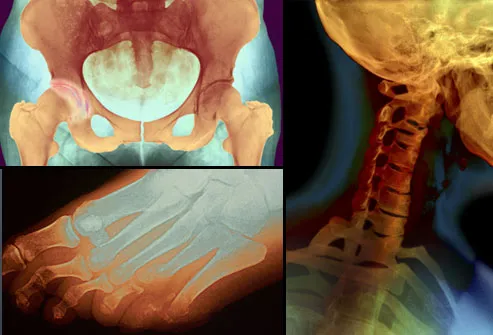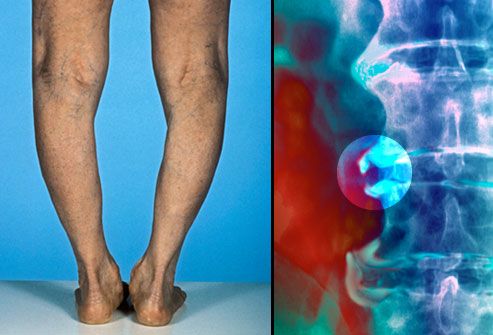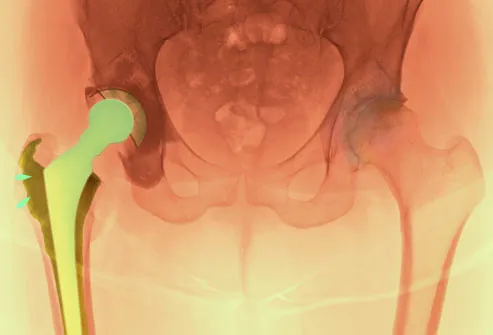Berikut merupakan kutipan ilmiah medis yang bermanfaat bagi Penulis karena awam terhadap topik tersebut sehingga digunakan sebagai referensi pribadi.
Osteoarthritis: What Is It?
Also called "wear and tear" arthritis or degenerative joint disease, osteoarthritis (OA) is the progressive breakdown of the joints' natural shock absorbers. This can cause discomfort when you use the affected joints -- perhaps an ache when you bend at the hips or knees, or sore fingers when you type. Most people over 60 have some degree of OA, but it also affects people in their 20s and 30s.

Osteoarthritis: Symptoms
The symptoms of osteoarthritis tend to develop slowly. You may notice pain or soreness when you move certain joints or when you've been inactive for a prolonged period. The affected joints may also be stiff or creaky. Typically, osteoarthritis leads to morning stiffness that resolves in 30 minutes. When osteoarthritis affects the hands, some people develop bony enlargements in the fingers, which may or may not cause pain.

Osteoarthritis: Where Does It Hurt?
In most cases, osteoarthritis develops in the weight-bearing joints of the knees, hips, or spine. It's also common in the fingers, thumb, neck, and big toe. Other joints are usually not affected, unless an injury is involved.
Osteoarthritis: What Causes It?
Every joint comes with a natural shock absorber in the form of cartilage. This firm, rubbery material cushions the ends of the bones and reduces friction in healthy joints. As we age, joints become stiffer and cartilage is more vulnerable to wear and tear. At the same time, repetitive use of the joints over the years irritates the cartilage. If it deteriorates enough, bone rubs against bone, causing pain and reducing range of motion.

Long-Term Complications
Unlike rheumatoid arthritis, osteoarthritis does not affect the body's organs or cause illness. But it can lead to deformities that take a toll on mobility. Severe loss of cartilage in the knee joints can cause the knees to curve out, creating a bow-legged appearance (shown on the left). Bony spurs along the spine (shown on the right) can irritate nerves, leading to pain, numbness, or tingling in some parts of the body.

Osteoarthritis and Exercise
People with osteoarthritis may avoid exercise out of concern that it will cause pain. But low-impact activities such as swimming, walking, or bicycling can improve mobility and increase strength. Training with light weights can help by strengthening the muscles that surround your joints. For example, strengthening the quadriceps can reduce pain in the knees. Ask your doctor or physical therapist which exercises are best for you.
Is Surgery for You?
If osteoarthritis interferes significantly with everyday life and the symptoms don't improve with physical therapy or medication, joint replacement surgery is an option. This procedure is used on those with severe OA and replaces a damaged joint with an artificial one. The knee and hip are the joints that are replaced most often.

Tidak ada komentar:
Posting Komentar